
Across the U.S., certain well-known waterways have quietly become snake territory without most visitors realizing it. And these aren’t remote wilderness areas either—we’re talking about places people actually visit for relaxation. So, before your next riverside getaway, here’s a must-know list of snake-infested rivers across America that every traveler should be aware of.
Mississippi River, Southern U.S.
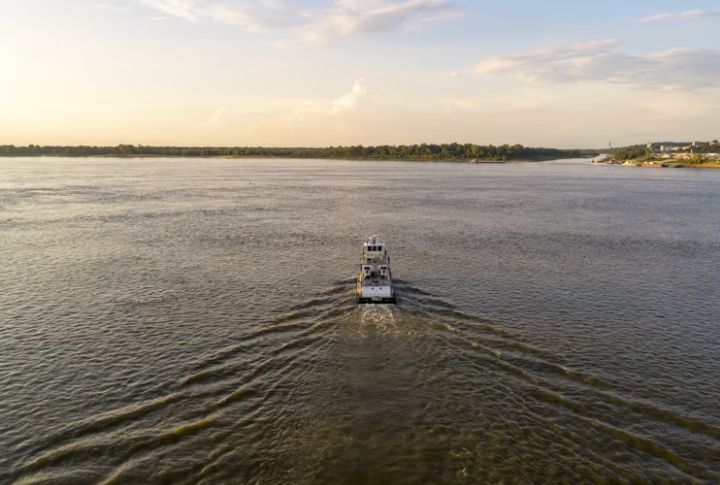
River guides along the Mississippi get nervous around certain bends for a good reason. The river supports over 30 snake species, with cottonmouths being the most dangerous. These water snakes love the dense marshes and backwaters that line the river. As a result, boat ramps and campgrounds often report sightings from April through October.
Brazos River, Texas
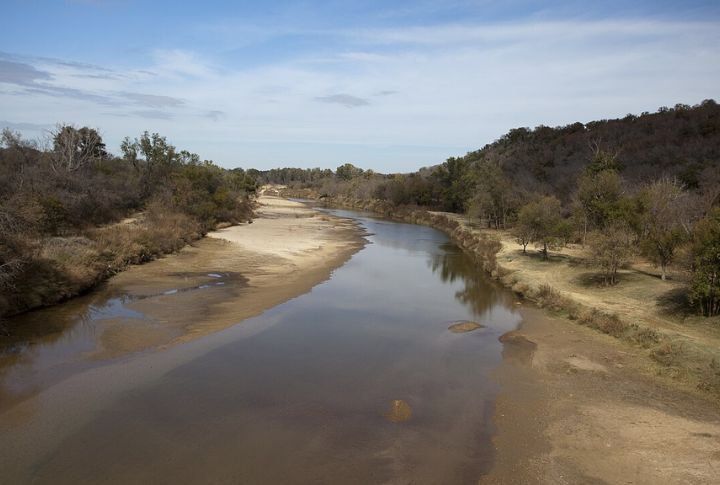
The Brazos flows directly through rattlesnake and water moccasin territory, making certain stretches of it risky during the warmer months. With rising temperatures, snakes are drawn closer to the river’s edge in search of prey and cooler ground. That seasonal shift has also led to fatal encounters with unsuspecting visitors.
Atchafalaya River, Louisiana
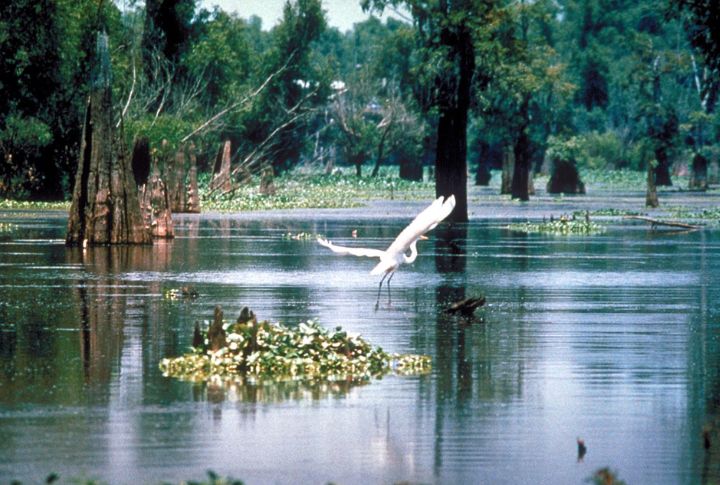
Down in Louisiana’s Atchafalaya River Basin—the largest swamp in the entire country—snakes don’t just survive, they thrive. Cottonmouths here seem to have skipped the “fear of humans” memo, and glide straight toward boats and fishing platforms like they own the place. And honestly? With one of the South’s densest snake populations, they kind of do.
Pearl River, Mississippi And Louisiana
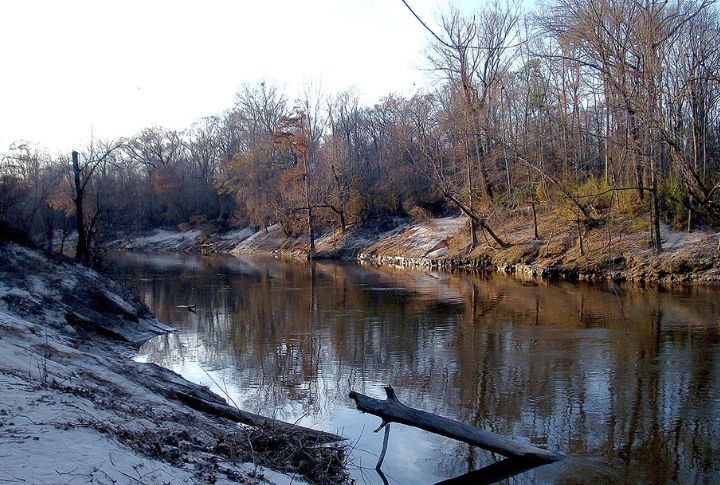
Smart river guides always carry anti-venom when touring the 444-mile-long Pearl River. That’s because its rich ecosystem is home to numerous snake species like copperheads and cottonmouths. Surprise encounters are common near popular fishing spots, where anglers stay too focused on their lines to notice what’s slithering nearby.
Neches River, Texas
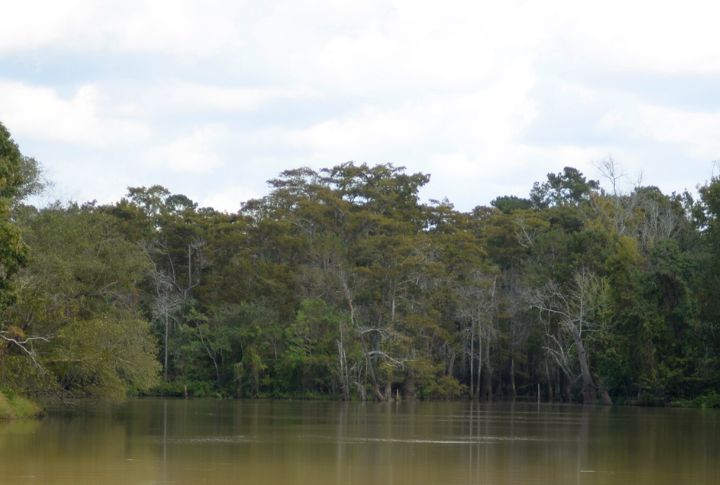
Many visitors frequently share photos of snakes coiled on canoes along this East Texas river, which cuts through Big Thicket National Preserve. Here, rattlesnakes and water moccasins coexist, but harmless brown water snakes are often mistaken for the latter and end up causing unnecessary panic among visitors.
Savannah River, Georgia And South Carolina
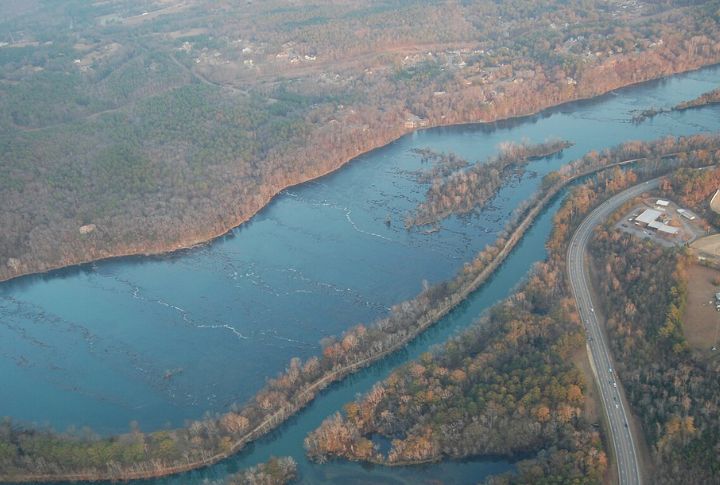
Multiple snake-human encounters are documented annually on the banks of this border river that flows freely between Georgia and South Carolina. Nearby hiking trails also post warnings about venomous species like copperheads in the area. The early-morning fog only adds to the risk when snakes emerge to bask on open riverbanks and catch paddlers off guard.
Apalachicola River, Florida
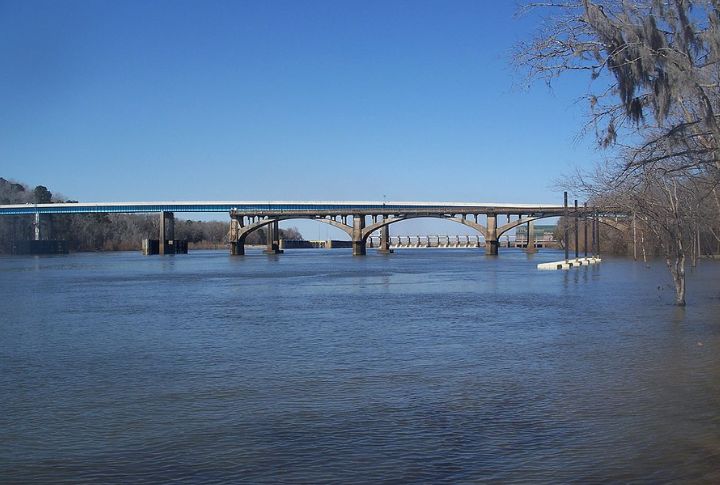
Alligators tend to steal the warnings here, though cottonmouths present an equally serious threat. The river carves through the Apalachicola National Forest, where rich floodplains shelter countless species. In the shallows, cypress roots create hidden corridors that can place venomous snakes within striking distance of the shoreline.
Suwannee River, Florida
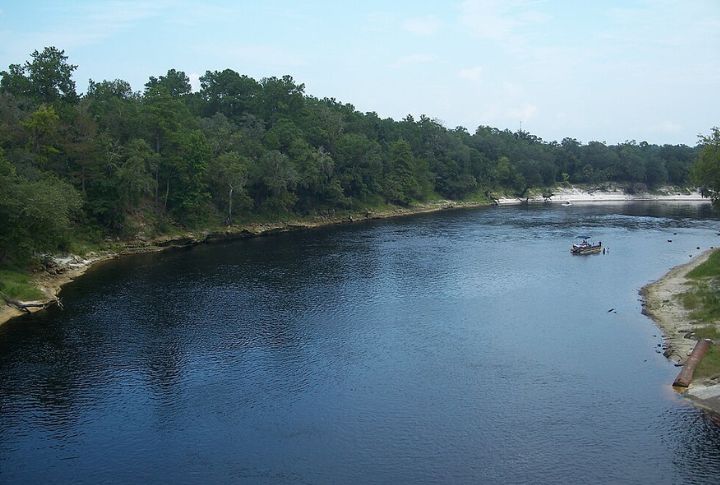
Along the Suwannee, the sight of a water snake slicing across the surface is almost a rite of passage for paddlers. The murky warmth conceals sizable brown watersnakes, each capable of impressive growth. Cottonmouths patrol these waters with a confidence that keeps every other creature alert.
Mobile River, Alabama
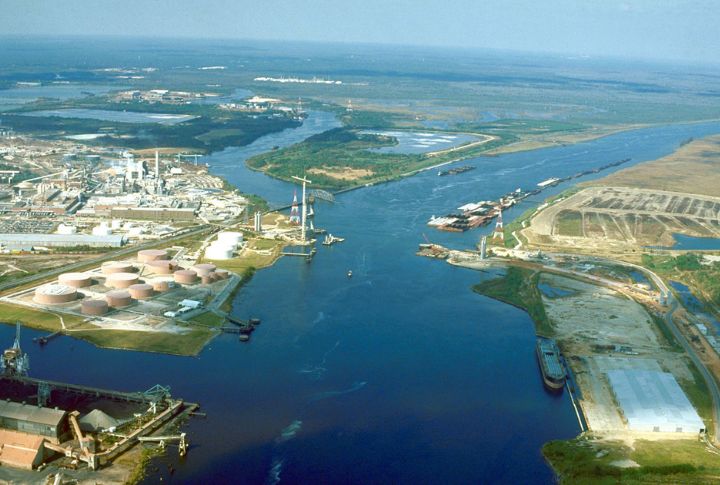
Summer rains bring out a surge of cottonmouths to Alabama’s Mobile River. This region’s unique mix of wetlands, forests, and tidal influence provides ideal conditions for snakes to hunt in freshwater as well as brackish environments. Tour guides here follow one strict rule—never step into shallow water barefoot, no matter how calm it looks.
Yazoo River, Mississippi
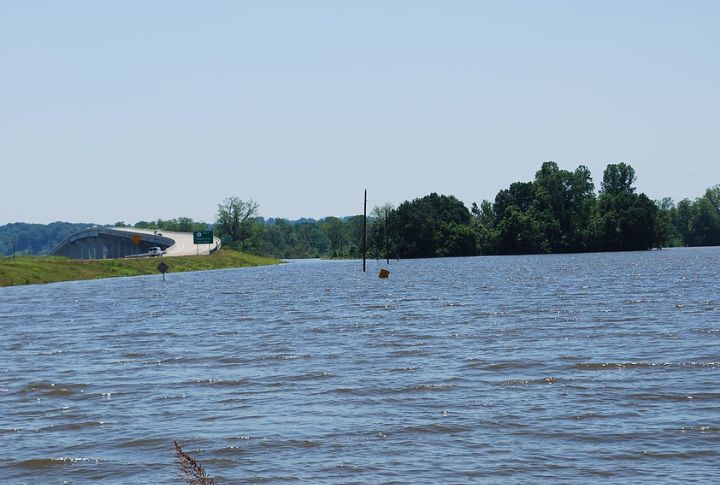
Seasonal floods in the Yazoo Delta wetlands trigger sharp increases in snake sightings. Cottonmouths flourish in such a challenging environment, where water and vegetation create perfect conditions. Plus, the region ties into a broader Delta network, pushing snakes toward open ground whenever the river swells.

